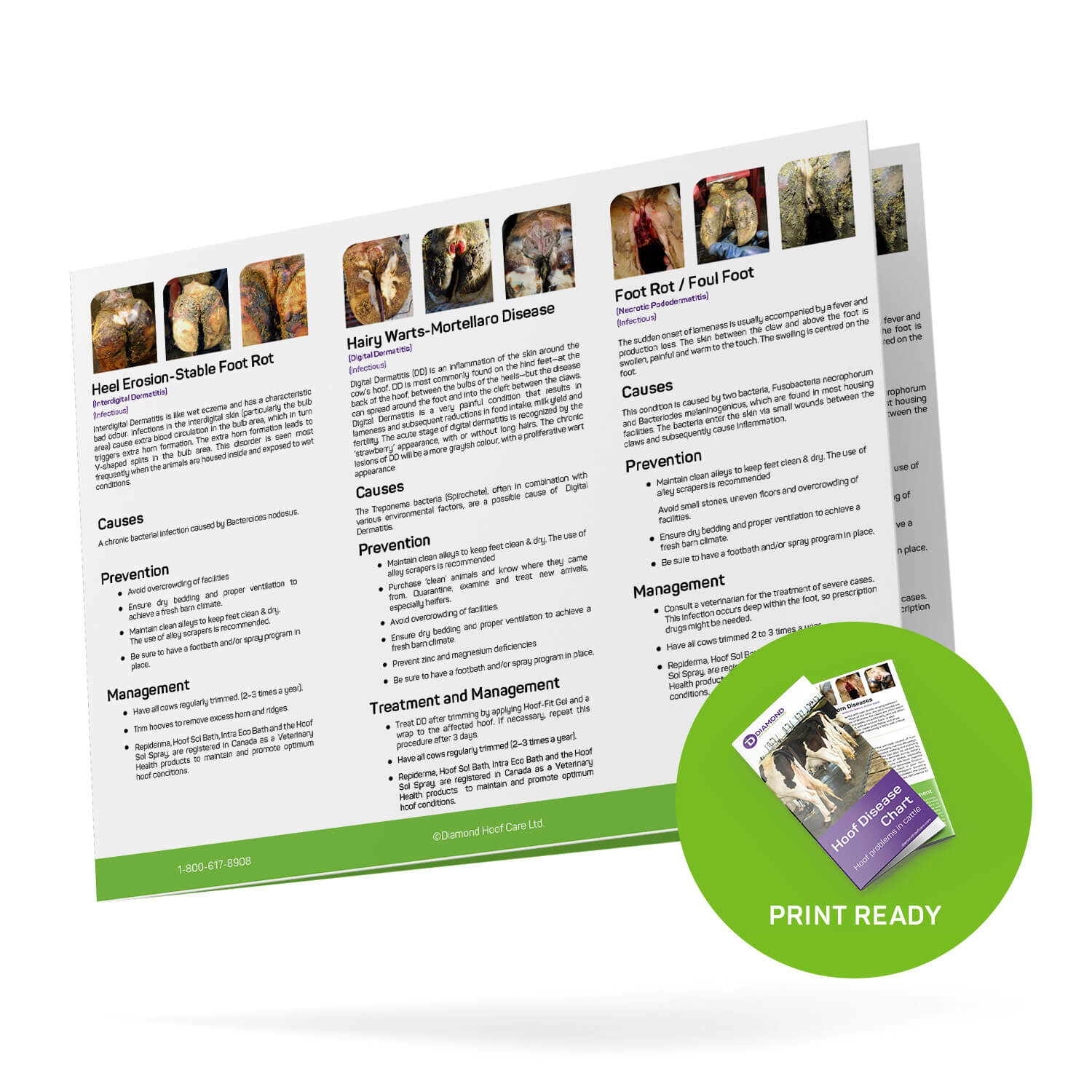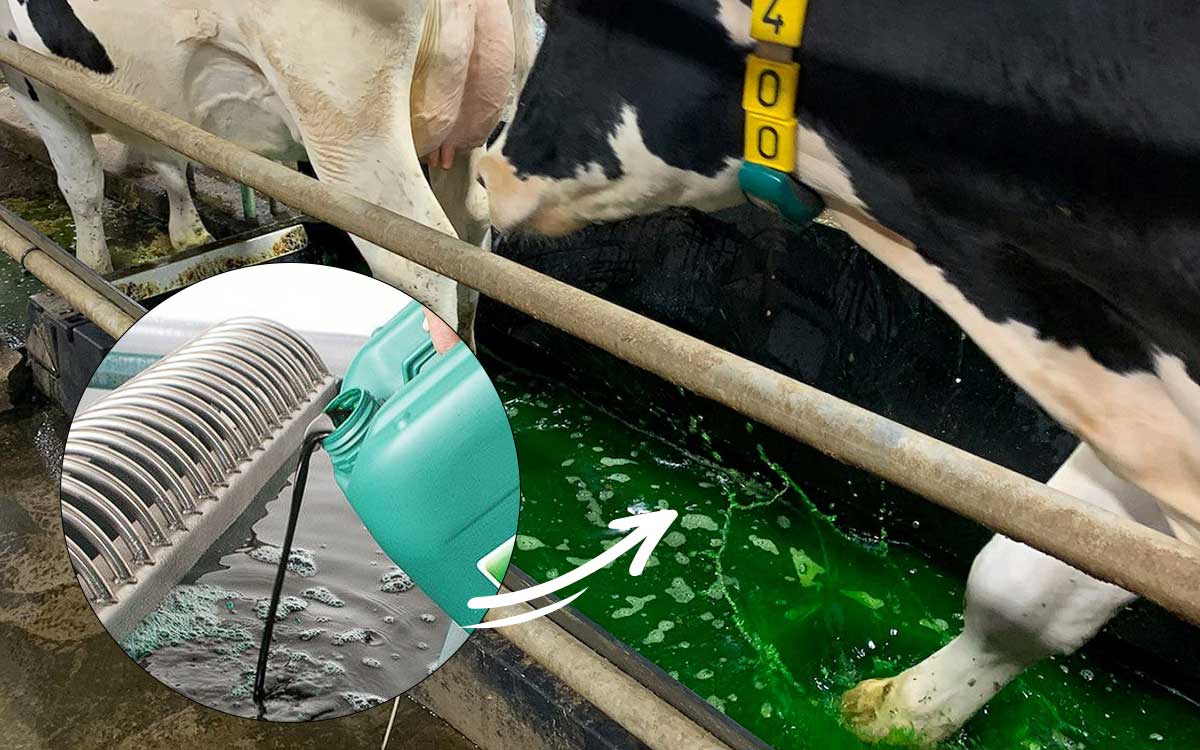Considering that hoof abscesses are one of the causes most commonly linked to acute lameness in cattle, knowing how to address such a time-sensitive issue adequately is vital for maintaining the health and agility of the animal. Abscesses begin to form as bacteria enter interior hoof structures, which is why they’re so commonly linked to infections. With that said, will a hoof abscess burst if left alone, and if so, what happens next?
Most hoof abscesses will burst if left alone. Still, it’s never recommended to leave a hoof abscess unattended, and treating one professionally as soon as you spot it will give your cow the best chance of recovery.
As I’ll explain in this article, leaving a hoof abscess untreated (or “left to burst”) can lead to numerous health-related issues, ranging from challenging to deal with to life-threatening. Therefore, if you’ve found yourself having to tend to a hoof abscess, make sure to read through this piece.
What Happens If You Don’t Treat a Hoof Abscess?
First of all, if you don’t treat a hoof abscess, hoping that it will heal on its own, the animal will feel a lot of pain. This happens because many abscesses start creating their own draining tracks (since no external one is being made for them). This draining track can travel from the toe to the coronary band, potentially causing irreversible damage to the latter.
A small albeit still significant number of abscesses might be large or aggressive enough to permanently alter hoof growth, which will lead to a decreased life expectancy for your cow, body condition losses, and suppressed milk production. This is especially true in the case of chronic abscesses.
Furthermore, if the abscess is left untreated or left to burst by itself, there’s a risk that the bacteria will spread to the surrounding structures (for example, the pedal bone) and trigger a more severe infection, with potential consequences for joints, tendons, and ligaments.
If the abscess affects a significant enough portion of the sole, you might need to trim it all away. This means that the cow will require long-term care from that point on (special care on soft bedding in a ‘hospital pen’).
How Long Does It Take for a Hoof Abscess to Burst by Itself?
It usually takes between three days and three weeks for a hoof abscess to burst by itself. Most abscesses will rupture within the first week of their appearance. Keep in mind that if an abscess is unusually stubborn, it’s essential to seek professional help before the infection spreads any further.
After the hoof abscess has ruptured, you can expect some drainage for two or three days. If all goes well, the sore hoof could be fully healed two weeks after the burst, but my experience is that risking and hoping without professional interference and treatment does not end well. Simply put, this cow needs our help!

How to Prevent Hoof Abscesses
As with most things, prevention can save you a great deal of time, stress, and expenses when it comes to hoof abscesses. Luckily, there are some routine care tips you can follow to lower the chances of your cattle suffering from such an issue.
However, before delving into these tips, I want to note that in some cases, hoof abscesses are inevitable. In fact, some animals seem to be prone to them due to genetics. Therefore, while these tips can be highly beneficial, they’re not foolproof.
Keep animals sheltered from extreme weather conditions. This tip is often mentioned by our beef clients and is not as relevant to dairy farms. That being said, excessively hot, dry climates can trigger the formation of a hoof abscess just as often as a cold, humid environment. So, if you live in an area that constantly experiences extreme weather conditions, it’s vital to keep your cattle sheltered. This will prevent the formation of abscesses while also protecting the animals against many other health-related issues.
Detect the cattle most prone to hoof abscesses and observe them closely. As I mentioned above, some animals are more prone to hoof abscesses than others. For example, cows suffering from laminitis or those with especially low-quality hoof horn will require regular check-ups to make sure they won’t be afflicted by an abscess anytime soon.
Use professional hoof trimming services. As hoof trimmers, we often get the call after the damage is done. Preventive trimming, especially for cows prone to abscesses, is recommended to avoid this hoof problem. Additionally, keeping the proper sole thickness by not over-trimming is essential for preventing hoof abscesses.
Invest in high-quality, proven hoof products. Hoof products are excellent at preventing fungal and bacterial infections. Therefore, it’s a good idea to invest in high-quality products and use them according to hoof health protocols and label instructions.
Choose the right flooring and bedding material. Rough concrete flooring in dairy barns can cause excessive wear on the hooves, and thin soles most definitely can develop hoof abscesses. The dry, hard, and stony ground in fields where beef cows graze will put extra stress on the hoof structure, which in turn can cause problems. Soft bedding and comfortable stalls for the dairy cows will ensure that the animals will lie down when needed.
Take proper care of the animals’ hoofs. I already suggested frequent check-ups for cows prone to abscesses, but creating a care and check-up routine is always a good idea. A whole herd hoof health protocol is a must-have for every farm. I have created an easily downloadable hoof disease chart which contains the common hoof disease in cattle. This reference sheet can assist you with the diagnosis of hoof problems.
Proper diagnosis. This last point may not be directly related to preventing hoof abscesses, but it is important to have the correct diagnosis to ensure proper treatment and healing. Some hooves have rapid swelling, which is centered above the hoof, and this could be misdiagnosed as an abscess. I invite you to read my article about foot rot and hoof rot to familiarize yourself with the differences.

Hoof Disease Reference Chart
On that note, if you do notice any worrying signs or have seen an abscess already developing, it’s always a good idea to seek the help of a professional. While there are some treatment options you can try yourself, especially if you’re experienced enough, erring on the side of caution and getting an expert’s opinion can sometimes be the difference between life and death.
Conclusion
While most hoof abscesses will eventually burst if left alone, they still can’t be left unattended. Treating a hoof abscess is a time-sensitive procedure, so you’ll want to be on the lookout for any behavioural and physical changes in the animal throughout this period.
Keep in mind that as long as you take the right measures at the right time, a hoof abscess won’t be anything more than a nuisance.



